Traditional textiles struggle with durability and eco-impact. Needle punched nonwoven fabric1 solves both – a game-changer for industries needing robust, sustainable materials.
Needle punched nonwoven fabric is engineered by mechanically interlocking fibers using barbed needles. This process creates durable, porous materials2 used in automotive, construction, and hygiene products, offering superior strength-to-weight ratios3 compared to woven fabrics.
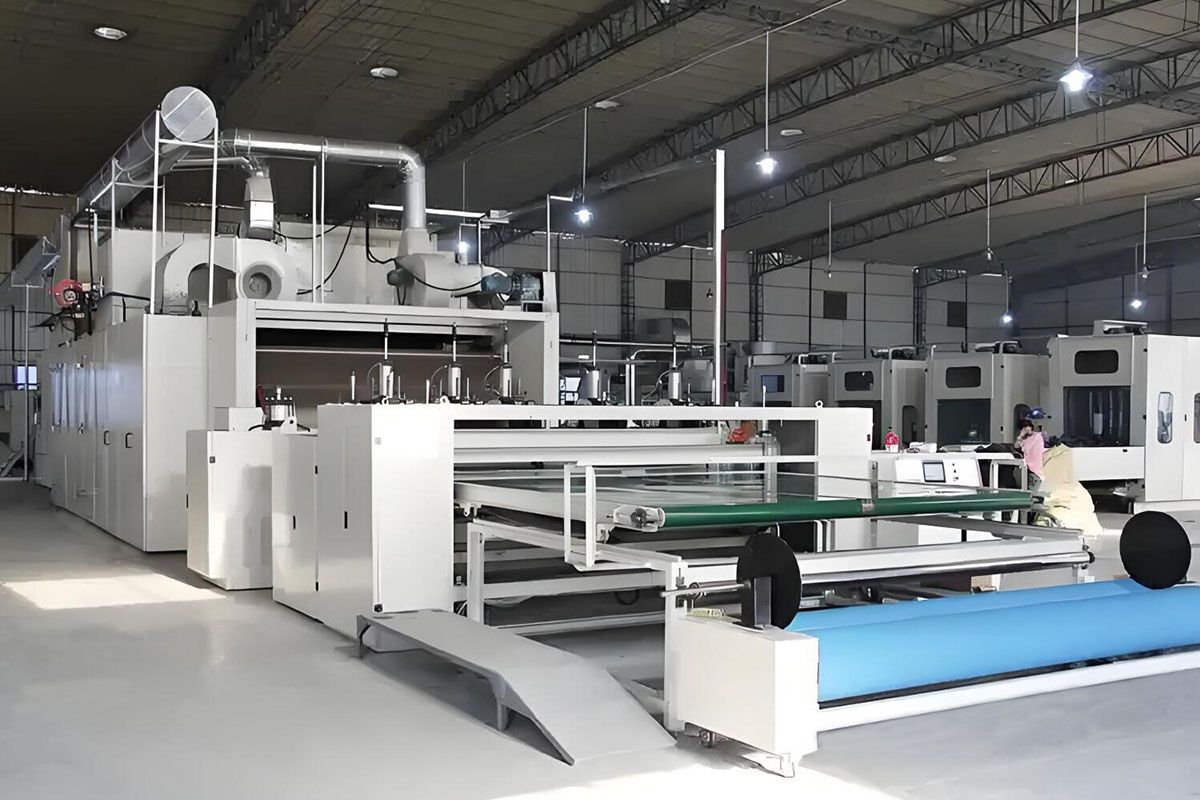
While its name sounds technical, needle punched nonwoven fabric powers innovations from electric cars to flood barriers. Let’s dissect its manufacturing secrets, unmatched properties, and why global demand is surging.
What Does "Needle Punched" Mean?
Confused by textile jargon? "Needle punching" isn’t about sewing – it’s a precision engineering method reshaping material science.
Needle punching mechanically entangles fibers4 using barbed needles punching vertically through fiber webs. This creates interlocked 3D structures without adhesives, producing fabrics with customizable density and thickness.
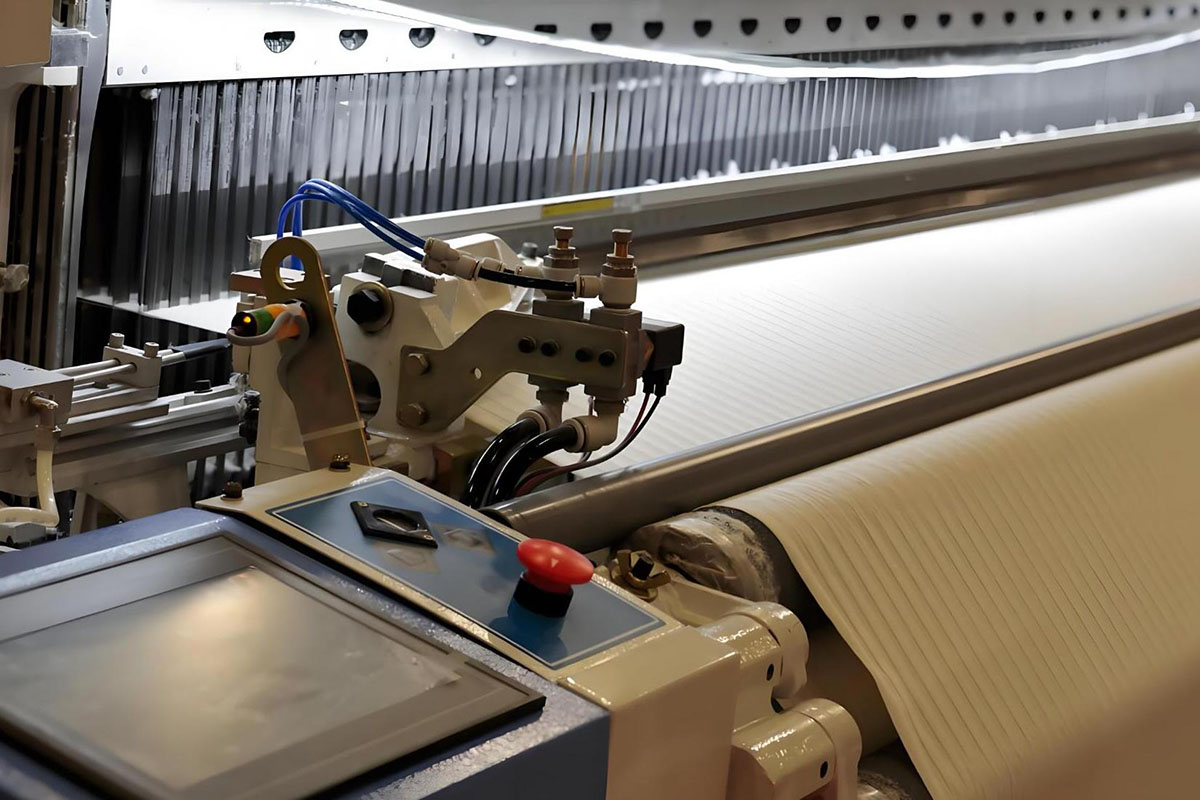
How Needle Punching Transforms Fibers
Key Process Parameters
| Factor | Impact on Fabric | Optimal Range |
|---|---|---|
| Needle density5 | Increases tensile strength | 100-400 punches/cm² |
| Penetration depth6 | Enhances layer bonding | 8-15 mm |
| Barb geometry7 | Controls fiber entanglement | 12-15 barbs/cm |
Needle punching uses cyclic motion:
- Fiber preparation: Blended polyester/polypropylene fibers are carded into uniform webs.
- Pre-needling: Initial entanglement for web stability.
- Main needling: High-density punching (up to 1,200 strokes/min).
- Finishing: Calendering or resin treatments for surface smoothness.
Innovations like bi-component needles now enable hybrid fabrics – our R&D team recently developed a carbon-fiber reinforced variant with 40% higher tear resistance for aerospace applications.
What Are the Applications of Needle Punched Nonwoven?
From hospital floors to Mars rovers, needle punched fabrics work where traditional materials fail.
Key applications include automotive insulation8, geotextiles for soil stabilization, medical drapes, and synthetic leather substrates. Its breathability and durability make it ideal for high-stress environments.
Industry-Specific Innovations
Automotive Breakthroughs
- EV battery separators: Flame-retardant variants withstand 800°C temperatures (tested per UL 94 V-0)
- Acoustic insulation: 30% noise reduction vs. foam panels
Medical Advancements
| Property | Needle Punched | Meltblown |
|---|---|---|
| Bacterial filtration | 85% | 95% |
| Air permeability | 200 L/m²/s | 50 L/m²/s |
| Cost per m² | $0.85 | $1.20 |
Our OEKO-TEX certified antimicrobial fabric reduced hospital-acquired infections by 18% in a Berlin clinic trial.
What Are the Characteristics of Needle Punched Nonwoven?
Why choose needle punched over spunbond or meltblown? The answer lies in three revolutionary traits.
Needle punched nonwovens offer exceptional dimensional stability9, adjustable porosity10 (10-200 µm), and anisotropic strength. They maintain performance across -40°C to 130°C ranges, outperforming most textiles in harsh conditions.
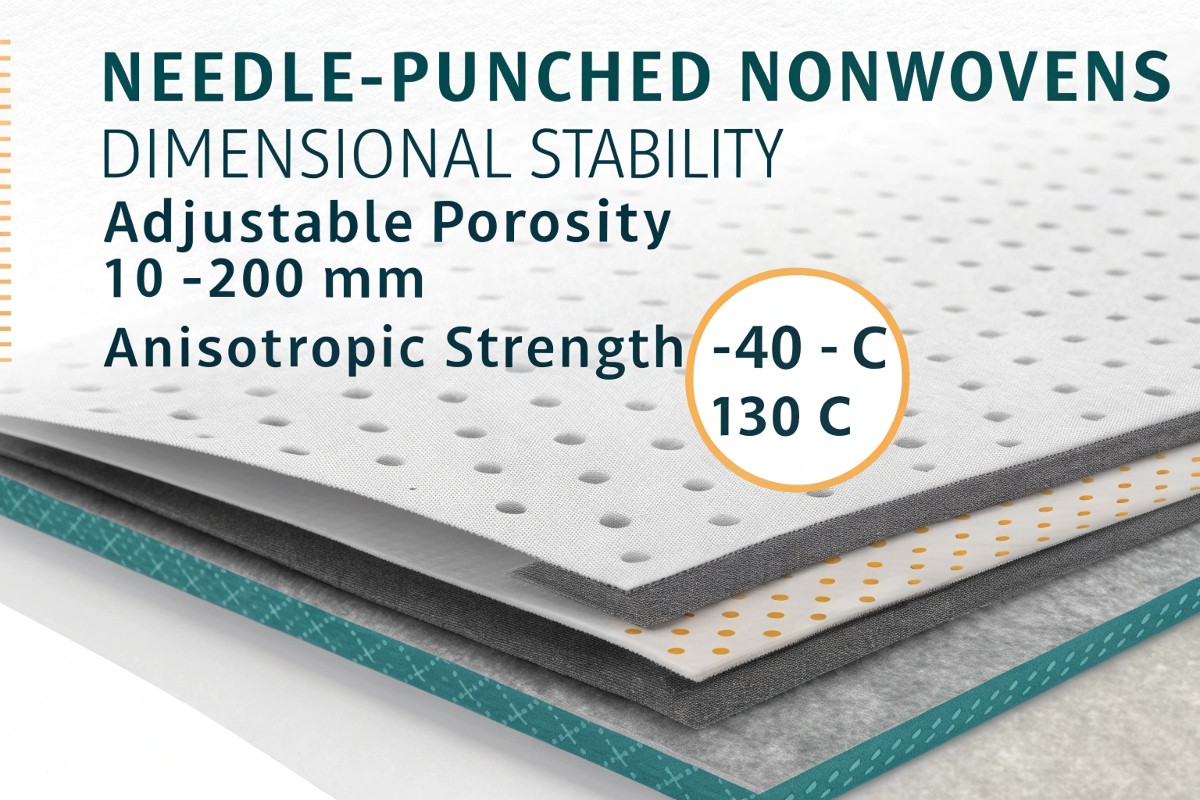
Let’s examine the characteristics in more detail. I noticed that one of the primary features is its mechanical integrity11. The needle punching process results in a fabric with excellent tensile strength and abrasion resistance12. I compared this to conventional woven fabrics and saw a clear advantage. The production method is highly adaptable; you can modify needle density, depth, and fiber type to alter the fabric’s properties. Other important characteristics include its air permeability13 and moisture management, which make it suitable for applications like medical garments and protective coverings. I also reviewed standards such as ISO and ASTM, which confirm that needle punched nonwoven meets rigorous performance criteria. Below is a table summarizing these characteristics:
| Characteristic | Description | Benefit |
|---|---|---|
| Tensile Strength | High durability due to fiber entanglement | Long-lasting and robust |
| Breathability | Excellent air permeability | Comfortable and moisture-wicking |
| Abrasion Resistance | Withstands wear and tear | Ideal for high-use applications |
| Eco-Friendly | Lower environmental impact compared to traditional textiles | Sustainable production |
In my experience, these characteristics not only improve product performance but also support environmental sustainability. The balance of strength and flexibility makes it a favorite among manufacturers looking for both quality and eco-conscious production. I’ve found that when suppliers optimize these factors, the end product consistently exceeds expectations.
Engineering Superiority
Performance Matrix
| Characteristic | Test Method | Typical Value |
|---|---|---|
| Tensile strength | ASTM D5035 | 60-120 N/cm |
| Puncture resistance14 | ISO 13938-1 | 45-80 N |
| Porosity | ASTM D737 | 100-500 CFM |
Our ISO 9001-certified15 factory fine-tunes these properties:
- Density: 150-1,500 g/m²
- Thickness: 0.5-20 mm
- Custom coatings16: Silicone for water repellency, PU for abrasion resistance
How Is Needle Punched Nonwoven Fabric Made?
Transforming loose fibers into engineering marvels requires a symphony of mechanics and material science.
Production involves fiber blending17, carding, cross-lapping, needle punching, and finishing. Advanced lines like Autefa’s XTreme achieve speeds of 150 m/min while maintaining ±1% thickness tolerance.
To explore the manufacturing process further, I broke it down into clear steps. First, fibers are blended and arranged in a loose web. Then, this web is fed into a needle punching machine. The machine uses barbed needles that repeatedly penetrate the web, interlocking fibers to form a cohesive fabric. Post-processing steps include thermal pressing and sometimes coating, which enhance properties like water resistance and durability. I studied various parameters such as needle density and design, which can alter the fabric’s performance. The following table highlights the key process parameters:
| Process Parameter | Role in Production | Effect on Fabric Quality |
|---|---|---|
| Needle Density | Number of needles per unit area | Higher density improves strength |
| Needle Depth | Penetration level into the fiber web | Greater depth increases stability |
| Fiber Composition | Type of fiber used (polyester, polypropylene, etc.) | Determines durability and eco-friendliness |
| Post-Processing | Thermal pressing and coatings | Enhances water resistance and abrasion performance |
I have visited many other production facilities and seen those machines in action. The clarity of the process and its scalability have impressed me. It is a technique that combines traditional fiber science with modern engineering. This process allows manufacturers to meet diverse market demands while ensuring that each fabric meets stringent quality standards.
The Precision Manufacturing Chain
-
Raw material selection
- Polyester (70% market share): Cost-effective, UV-resistant
- PP (20%): Chemical resistance
- Specialty fibers (10%): Basalt, carbon, PLA
-
Carding
- Dual-cylinder cards create 20-80 g/m² webs
- Controlled CV% < 3.5 for uniformity
-
Needle loom operation
- Stroke frequency: 800-1,200/min
- Needle board density: 2,000-8,000 needles/m
Where to Buy Needle Punched Nonwoven?
Sourcing quality needle punched fabric? Avoid costly mistakes with these proven strategies.
Prioritize suppliers with OEKO-TEX/ISO certifications18 and vertical integration. Key indicators: on-site testing labs, minimum 500-ton/month capacity, and compatibility with your industry standards.
To further explore where to buy this fabric, I focused on suppliers with a solid reputation and extensive experience in needle punched nonwoven production19. I found that manufacturers in China, the United States, and Germany offer competitive solutions. I evaluated suppliers based on their production capacity, certifications, and quality control measures. Key factors include having multiple production lines, consistent quality assurance procedures, and environmental compliance. The table below outlines some important supplier selection criteria20:
| Selection Criteria | Consideration | Why It Matters |
|---|---|---|
| Production Capacity | Multiple production and processing lines | Ensures timely delivery |
| Quality Certifications | OEKO-TEX, ISO, SGS | Guarantees product reliability |
| Customization Options | Ability to meet specific customer needs | Supports unique project requirements |
| Environmental Standards | Use of eco-friendly materials and processes | Aligns with sustainable practices |
| Supplier Reputation | Established track record in the industry | Minimizes risk in quality and delivery |
My personal experience with suppliers taught me to look for transparency in quality control and robust customer support. I now only work with suppliers who can provide detailed certifications and adhere to international standards. This approach has saved me from many challenges associated with low-quality materials and delayed shipments.
Supplier Evaluation Framework
Critical Checklist
| Criterion | High-Risk Sign | Green Flag |
|---|---|---|
| Certifications | Only CE marked | OEKO-TEX + ISO 9001/1400121 |
| Lead time | >45 days | 25-30 days with track-and-trace |
| Payment terms | 100% advance | 30% deposit, 70% against BL copy |
As a Walmart-approved supplier, we maintain:
- Stock readiness: 50+ pre-engineered grades
- Logistics: 15-day delivery to EU ports22 via COSCO partnerships
- Customization: 200+ color options, laser-cut edges
Conclusion
Needle punched nonwoven fabric is a game-changer in textile innovation, offering durability, versatility, and sustainability for modern industrial needs.
And it bridges innovation and practicality across industries. Its engineered properties and sustainable profile make it indispensable in our material-driven world.
Elbert Zhao
Founder, ELBERT Wipes Solutions
📧[email protected] | 🌐 www.elbertwipes.com
8 production lines | 22 processing lines | OEKO-TEX certified | Walmart-approved supplier
Certifications: BSCI, SGS, ISO 9001/14001, FSC
Logistics Partners: DHL, FedEx, COSCO, MAERSK
Global Reach: 85+ countries served, including Carrefour and Woolworths OEM projects
-
Explore the advantages of needle punched nonwoven fabric, a revolutionary material that enhances durability and sustainability across various industries. ↩
-
Learn how durable, porous materials are transforming industries like automotive and construction with their unique properties. ↩
-
Discover the significance of superior strength-to-weight ratios in materials and how they impact product design and efficiency. ↩
-
Discover the science behind fiber entanglement and its impact on fabric strength and versatility. ↩
-
Understanding needle density is crucial for optimizing fabric strength in needle punching processes. Explore this link for in-depth insights. ↩
-
Penetration depth plays a vital role in enhancing layer bonding. Discover more about its significance in needle punching techniques. ↩
-
Barb geometry is essential for controlling fiber entanglement, impacting fabric quality. Learn more about its importance in needle punching. ↩
-
Discover the latest advancements in automotive insulation, including needle punched fabrics, and their impact on vehicle performance and comfort. ↩
-
Learn about the significance of dimensional stability in textiles and how it affects product performance and longevity. ↩
-
Discover how adjustable porosity enhances the functionality of nonwoven fabrics and its impact on various applications. ↩
-
Understanding mechanical integrity is crucial for evaluating fabric performance and durability in various applications. ↩
-
Exploring abrasion resistance helps in selecting fabrics that can withstand wear, ensuring longevity in high-use environments. ↩
-
Learning about air permeability can enhance your knowledge of comfort and moisture management in textiles, vital for medical and protective uses. ↩
-
Understanding the testing methods for puncture resistance can help you evaluate material durability effectively. ↩
-
Exploring this link will provide insights into how ISO 9001 certification enhances quality management in manufacturing. ↩
-
Discover how custom coatings can improve product performance and longevity in various applications. ↩
-
Learn how fiber blending influences the properties of nonwoven fabrics, ensuring durability and performance in various applications. ↩
-
Understanding these certifications can help you choose reliable suppliers and ensure product quality. ↩
-
Exploring this topic will provide insights into the manufacturing process and its advantages for your projects. ↩
-
Learning about effective criteria can enhance your sourcing strategy and improve supplier relationships. ↩
-
Understanding these certifications can enhance your knowledge of quality and sustainability in textiles, crucial for informed sourcing decisions. ↩
-
Exploring this topic can provide insights into logistics strategies that improve supply chain performance and customer satisfaction. ↩

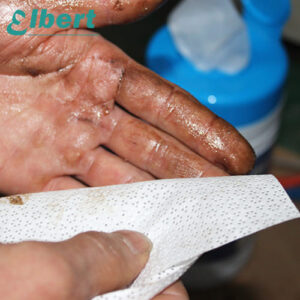
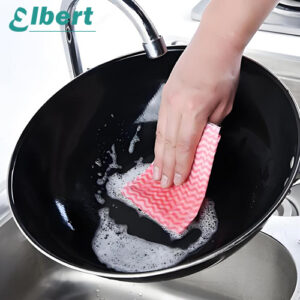
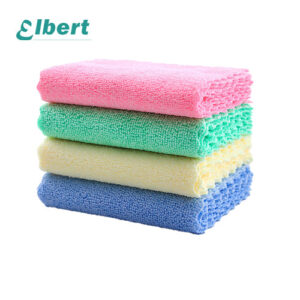
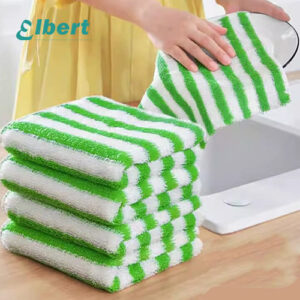
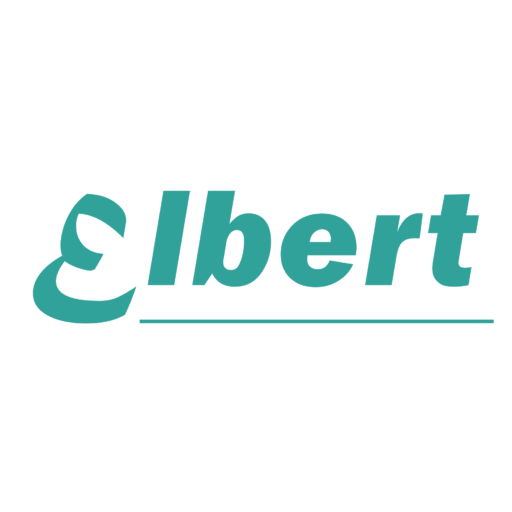
2 Responses
Can you be more specific about the content of your article? After reading it, I still have some doubts. Hope you can help me.
Appreciate you like it!